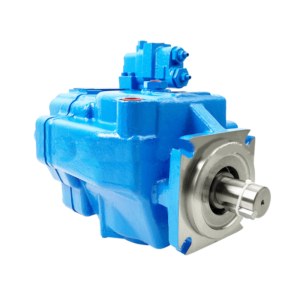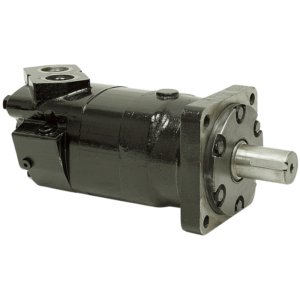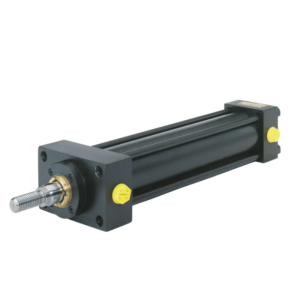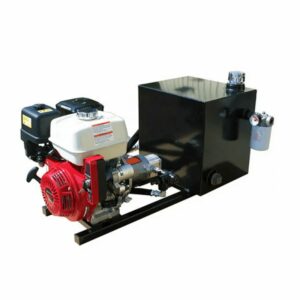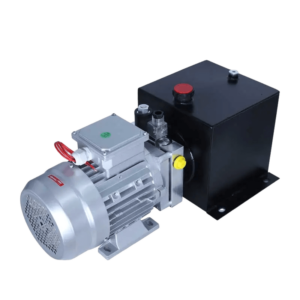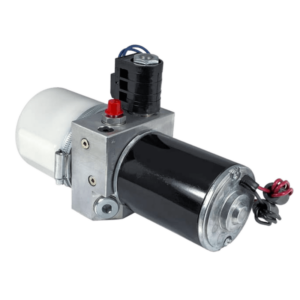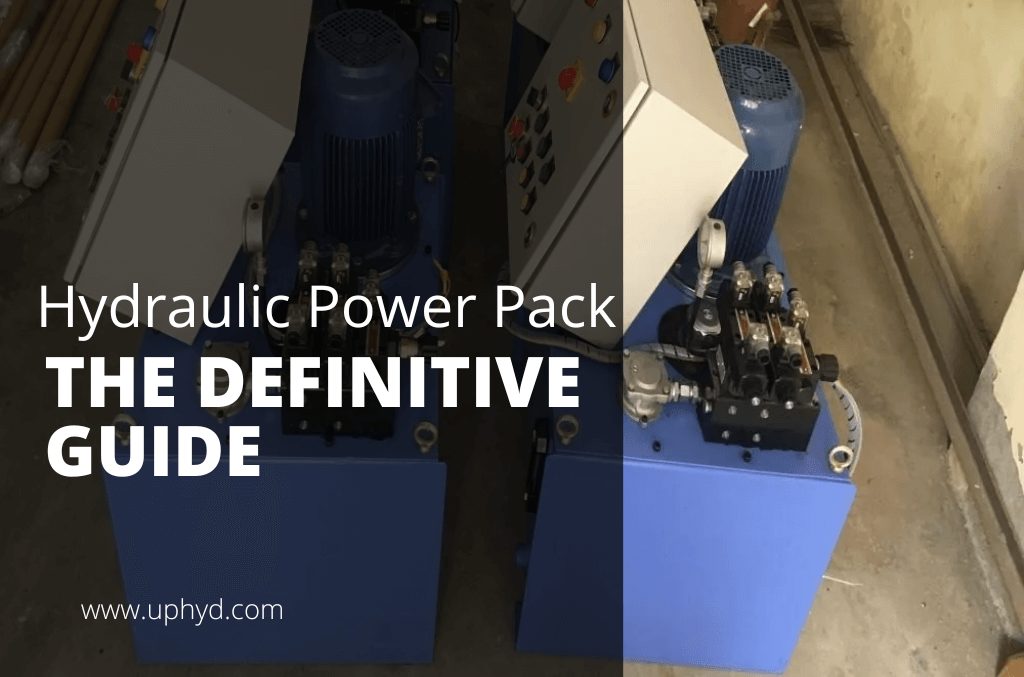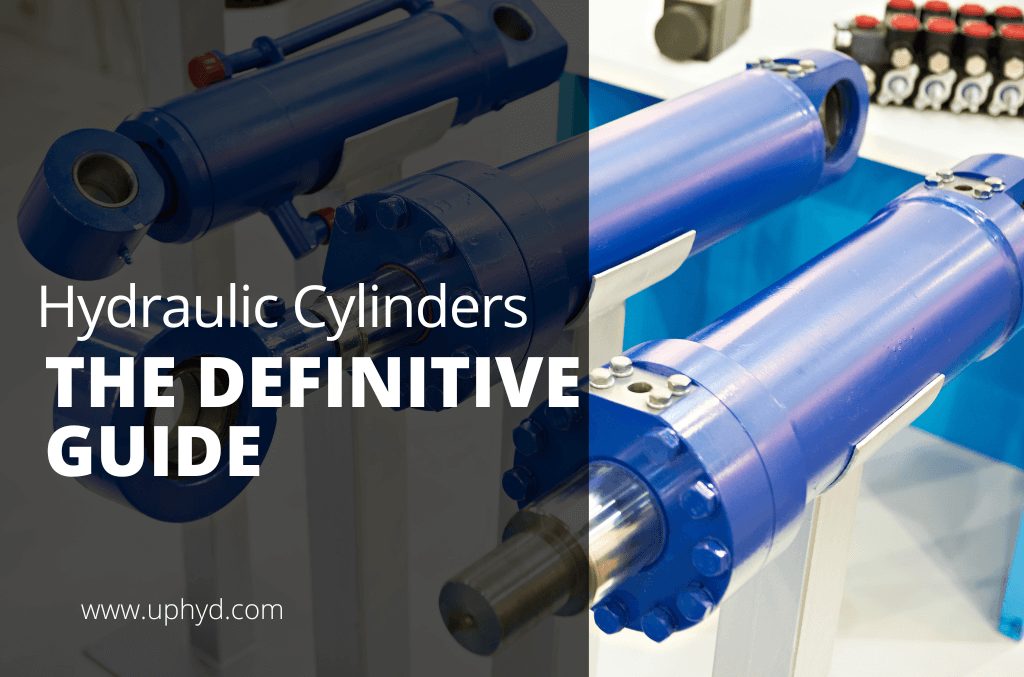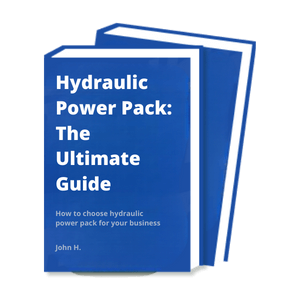PRODUCT FEATURES
Hydraulic Motor Manufacturer to Rocket Your Business
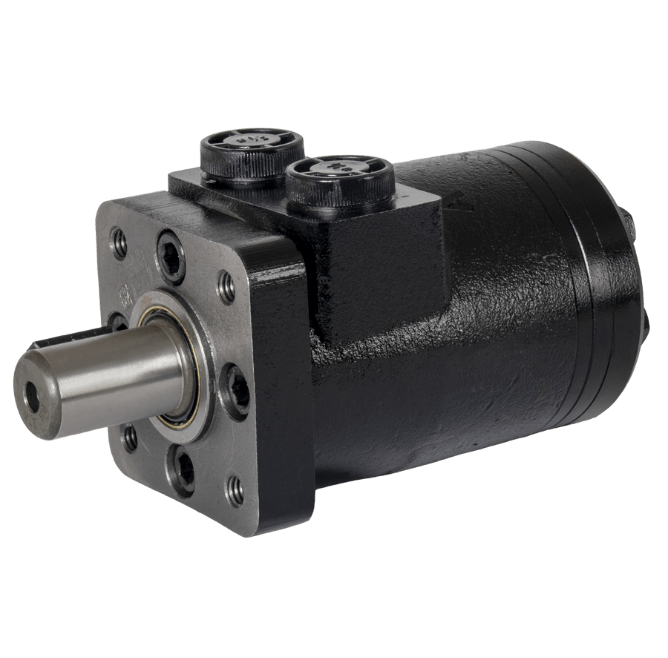
PRODUCTS
Proud To Offer a Wide Variety of Products
If you are looking for something specific that isn’t listed on our website yet, just contact us today!

ABOUT US
Who Is Uphyd.com
Uphyd.com have seen that today there are also many hydraulic power pack companies in China & internationally. However, their solutions were still stuck a few years ago.
In fact, we have been upgraded in recent years, and uphyd.com hope our smart and flexible solutions can inject fresh blood into this market.
PARTNER
Trusted by 530+ Top Companies





BUYER’S GUIDE
The Ultimate Guide to Hydraulic Motor
If you’re in the market for a hydraulic motor, you may be wondering which one is right for you. With so many options available, it can be tough to know where to start.
In this guide, we’ll walk you through everything you need to know about hydraulic motors – from their types and functions to their common classifications. We’ll also outline the places to look for hydraulic motors and some buying tips.
Whether you’re a business owner or a hydraulic engineer, this guide will give you the information you need about hydraulic motors. Let’s get started!
Table of contents
1. What Is Hydraulic Motor?
A hydraulic motor is a mechanical actuator that converts hydraulic pressure and flows into torque and rotational motion. Commonly used in industrial and mobile applications, hydraulic motors have found their way into a wide variety of uses, including construction equipment, robotics, and even aircraft.
Hydraulic motors are more efficient than electric motors because they can be controlled with precision and they do not require external power sources. Additionally, they are resistant to high temperatures and can operate in harsh environments.
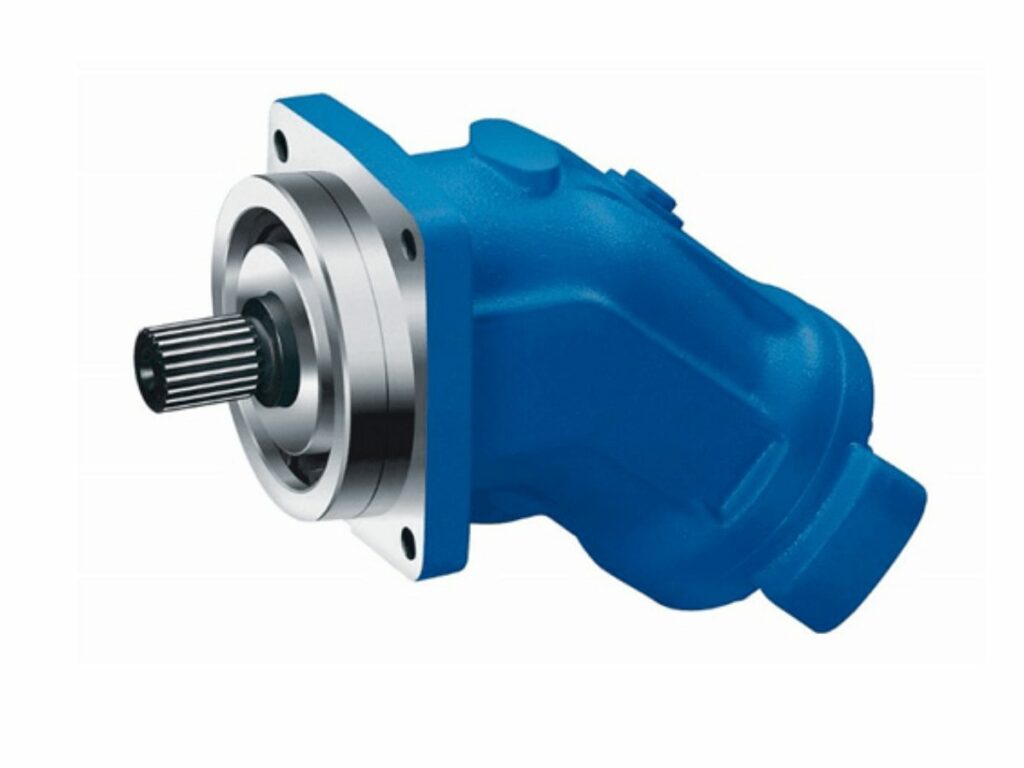
2. Types of Hydraulic Motor and Their Functions
Hydraulic motors come in a variety of types, each with its specific function. Below are four of the most common types of hydraulic motors:
Gear
Gear motors are the most common type of hydraulic motor. These hydraulic motors feature a gear system that helps to convert hydraulic energy into mechanical energy. They are typically used in applications where high torque is required, such as in winches and pumps.
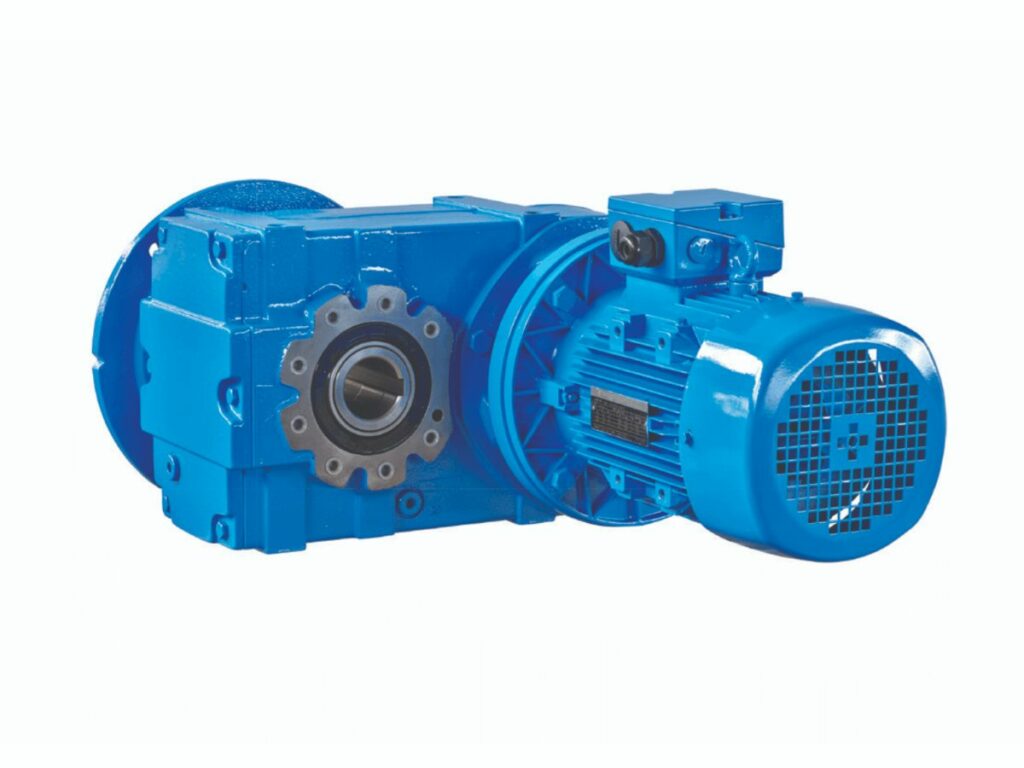
Vane
Vane motors use a series of vanes to create a rotating shaft. These hydraulic motors are often used in applications where high speed is required, such as in fans and compressors.
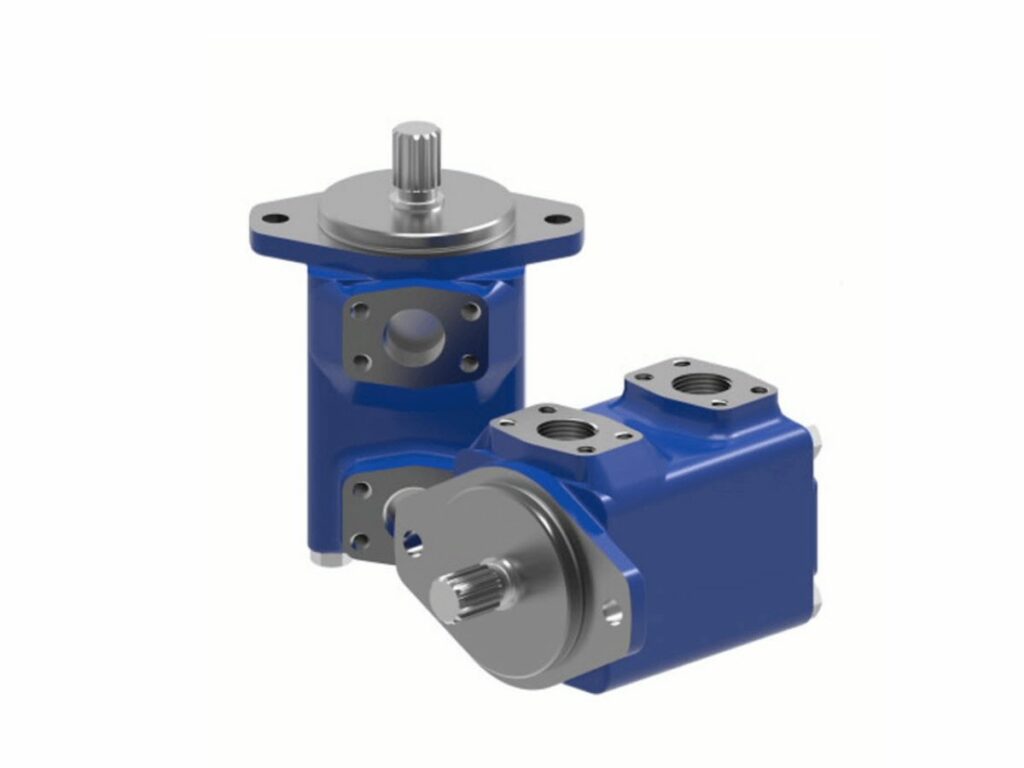
Radial-Piston
As the name suggests, radial piston motors have pistons arranged in a radial configuration around a central shaft. This type of motor is typically used when high power and torque are required, such as in heavy-duty construction equipment. Radial piston motors are available in both fixed and variable displacement versions.
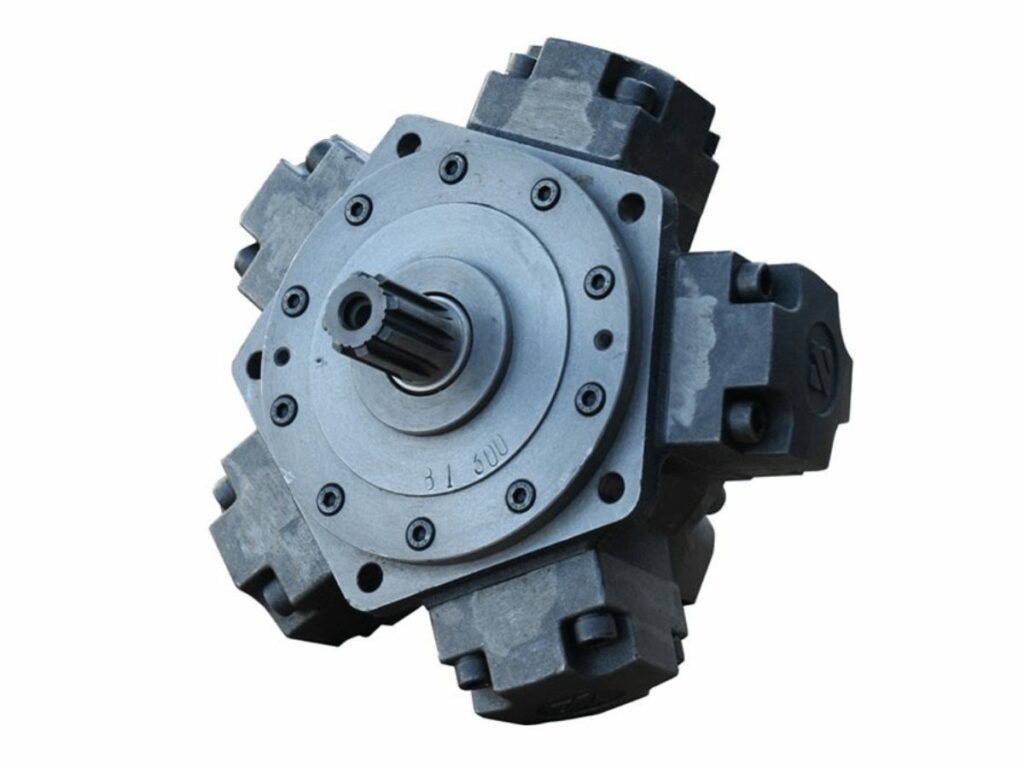
Axial-Piston
This type of motor uses a series of pistons arranged in a circle, with each piston connected to a crankshaft. As fluid is forced into the chamber, the pistons are pushed outward, causing the crankshaft to rotate.
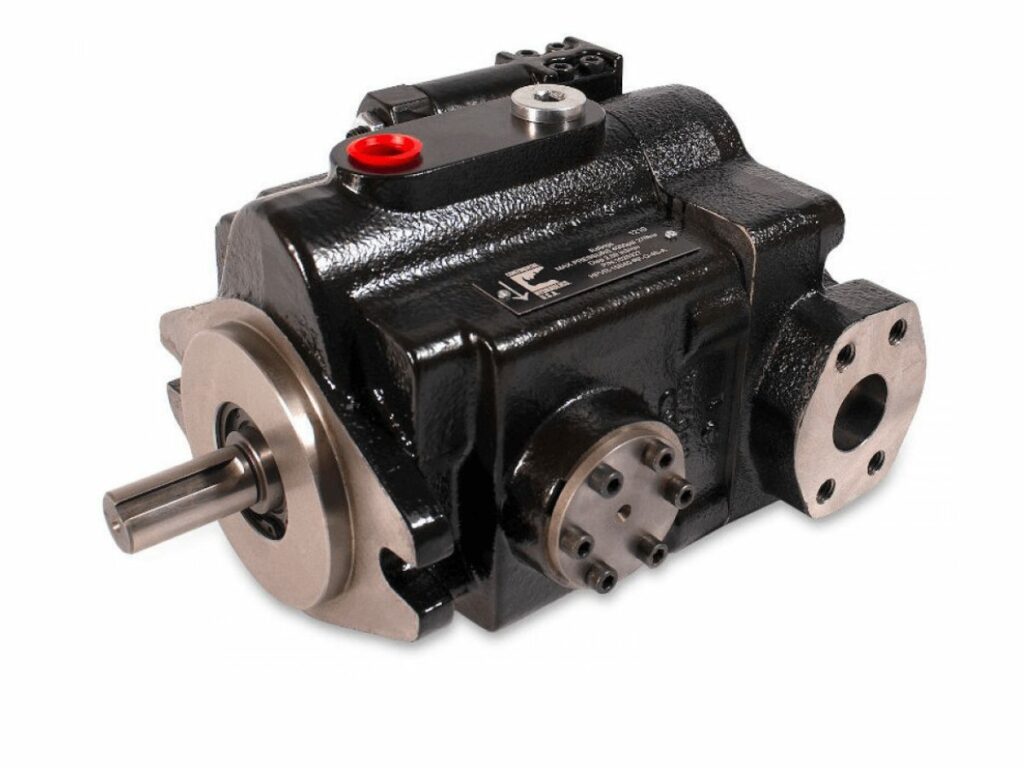
This type of hydraulic motor is often used in applications where high torque is required, such as in excavators and other heavy machinery. Another advantage of the axial-piston motor is that it can be easily reversed by simply changing the direction of fluid flow.
3. The Classifications of Hydraulic Motors
Hydraulic motors are generally classified into 2 classes. The classifications are based on the hydraulic motor’s ability to produce either high or low torque at a given speed. Let’s take a closer look at each hydraulic motor class.
Low-Speed High Torque (LSHT) Motors
Low-speed high torque (LSHT) motors are designed for applications that require high torque at low speeds. These motors are commonly used in industrial and agricultural settings, where they are used to power conveyor belts, pumps, fans, and other machinery.
LSHT motors typically have a lower power rating than other types of motors, but they more than makeup for this with their superior torque output. In addition, LSHT motors are often more efficient than other types of motors, making them a cost-effective choice for many applications.
High Speed Low Torque Motors
High-speed low torque (HSLT) motors, on the other hand, are designed for applications where high speed and low torque are required. HSLT motors are typically used in applications such as fans, pumps, and compressors.
There are two main types of HSLT motors:
- Induction: These motors use a squirrel cage rotor, which is connected to the shaft via bearings.
- Permanent: These motors use a permanent magnet rotor, which is directly connected to the shaft.
These motors are also available in a variety of voltages and speeds. The most common voltage is 480V, although higher voltages are available for special applications.
Whereas the common speeds for HSLT motors are:
- 150 rpm hydraulic motor
- 1500 rpm hydraulic motor
- 1800 rpm hydraulic motor
- 2000 rpm hydraulic motor
- 3000 rpm hydraulic motor
- 3500 rpm hydraulic motor
4. How Do Hydraulic Motors Work?
Hydraulic motors are a type of electric motor that uses liquid to transmit power. The liquid is pressurized and forced through the system, which powers the motor. Let’s take a closer look at each key component of a hydraulic motor.
Stator
The stator is the outer shell of the motor that contains the fluid. It is typically made of metal, such as steel, aluminum, or brass. The stator has a series of channels or ports that allow fluid to flow through it.
Rotor
The rotor is the innermost component of the motor. It is the part of the motor that contains the moving parts, such as the shaft, bearings, and gears. The rotor is connected to the stator via a series of channels or ports.
Hydraulic Motor Drive Shaft
The drive shaft is the part of the motor that connects the rotor to the load. It is typically made of steel or other strong materials. The drive shaft transmits power from the rotor to the load, such as a pump or compressor.
Directional Control Valve (DCVs)
Directional control valves are used to control the flow of fluid in the hydraulic system. They are typically located between the pump and the motor. DCVs can be used to change the direction of fluid flow, as well as the rate at which fluid flows through the system.
Casing
The casing is the housing for the motor. It protects the internal components of the motor from the outside environment. The casing is typically made of metal, such as steel, aluminum, or brass.
Piston Rod
The piston rod is the part of the motor that transmits power from the piston to the load. It is typically made of steel or other strong materials. The piston rod is connected to the piston via a series of channels or ports.
Fluid
Hydraulic fluids are used to transmit power in the hydraulic system. They are typically made of oil or water. Hydraulic fluids are forced through the system by the pump, and they power the motor.
Bearings
Bearings are used to support the rotor and allow it to rotate freely. They are typically made of steel or other strong materials. Hydraulic motor bearings are typically located between the rotor and the casing.
If you want to know more about how hydraulic motors work, you can watch this video.
5. Hydraulic Motors and Pumps: What’s the Difference?
Hydraulic motors and pumps both rely on these principles to function. However, there are some key differences between the two. Here is a closer look at the main distinctions between hydraulic motors and pumps:
| Hydraulic Motors | Hydraulic Pumps | |
|---|---|---|
| Direction of Flow | take in hydraulic fluid and output mechanical energy | take in hydraulic fluid and pump it out under pressure |
| Types of Movement | create linear or rotary force | create linear or rotary motion |
| Flow Rate | provide a lower flow rate | suited for applications that require a large volume of fluid to be moved quickly |
| Efficiency | rely solely on fluid pressure to generate force | rely on gears, belts, or other mechanical components to function |
| Cost | generally more expensive | cheaper |
| Maintenance | fewer moving parts and are less likely to experience wear and tear | more maintenance needed |
| Applications | typically used in applications where a large volume of fluid needs to be moved quickly | typically used in applications where precise control of force is required |
Direction of Flow
One of the most obvious differences between hydraulic motors and pumps is the direction of flow. Hydraulic pumps take in hydraulic fluid and pump it out under pressure, while hydraulic motors take in hydraulic fluid and output mechanical energy.
Types of Movement
Another key difference between hydraulic motors and pumps is the type of movement they create. Hydraulic pumps create linear or rotary motion, while hydraulic motors create linear or rotary force.
Flow Rate
Another key difference between hydraulic motors and pumps is the flow rate. Hydraulic pumps can provide a higher flow rate than hydraulic motors, making them more suited for applications that require a large volume of fluid to be moved quickly.
Efficiency
Hydraulic motors are generally more efficient than hydraulic pumps. This is because hydraulic pumps rely on gears, belts, or other mechanical components to function, while hydraulic motors rely solely on fluid pressure to generate force.
Cost
Hydraulic motors are generally more expensive than hydraulic pumps. This is because they are more complex and require more precision engineering.
Maintenance
Hydraulic motors require less maintenance than hydraulic pumps. This is because they have fewer moving parts and are less likely to experience wear and tear.
Applications
Hydraulic pumps are typically used in applications where a large volume of fluid needs to be moved quickly, such as in construction or agricultural equipment. Hydraulic motors are typically used in applications where precise control of force is required, such as in robotics or aerospace.
6. 5 Common Industry Applications of Hydraulic Motors
Hydraulic motors are used extensively in industrial applications. Here are 5 of the most common:
#1 Manufacturing and Assembly Lines
Hydraulic motors are often used to power conveyor belts or other moving parts of manufacturing and assembly lines. This is because they can provide a high amount of torque, while still being able to operate at a slow, steady speed. This allows for a high degree of accuracy and consistency in the manufacturing process.
#2 Agricultural Machinery
Hydraulic motors are also used in many types of agricultural machinery, such as tractors, combine harvesters, and irrigation systems. They are well-suited to this type of application because they can provide a high amount of torque at low speeds, which is ideal for operating in the often-uneven terrain found on farms.
#3 Construction Equipment
Because of their ability to generate a lot of torque while still going slowly, hydraulic motors are commonly used in pieces of machinery such as excavators, bulldozers, and cranes. It is important in construction applications to be able to move slowly and precisely, so as not to damage the structure that is being worked on.
#4 Mining Equipment
Hydraulic motors are widely used in mining equipment, such as excavators, bulldozers, and conveyor belts. They offer many advantages for this type of application, including a high amount of torque and the ability to operate at slow, steady speeds.
#5 Industrial Machinery
Pumps, compressors, and generators are all examples of hydraulic motors used in a variety of industrial applications. They’re ideal for this use since they can generate a lot of torque while maintaining a slow, constant rate of speed.
7. Where to Buy Hydraulic Motors
Now that you know everything there is to know about hydraulic motors, it’s time to start shopping for one! But where should you buy a hydraulic motor?
B2B Marketplace
The first place to look for a hydraulic motor is in a business-to-business marketplace. These online marketplaces are designed specifically for businesses, so you’ll be able to find a wide variety of hydraulic motors from different suppliers.
Alibaba is one of the largest B2B marketplaces in the world, and it’s a great place to find hydraulic motors. Just search for “hydraulic motor” and you’ll find a wide variety of suppliers. Make sure to read the reviews and ratings before selecting a supplier, and always request a sample before making a large order.
Hydraulic Motor Manufacturers
Another great place to buy hydraulic motors is directly from manufacturers. This is a good option if you want to buy in bulk or if you need a custom hydraulic motor.
To find hydraulic motor manufacturers, you can search online or attend trade shows. Trade shows are a great place to meet manufacturers and see their products in person. If you’re attending a trade show, make sure to bring business cards so you can exchange contact information with the suppliers you meet.
If you need help choosing the right hydraulic motor for your business, contact us at Uphyd today. We are a manufacturer specializing in custom and standard hydraulic motors, and we would be happy to help you select the perfect motor for your needs.
Local Dealers
If you need a hydraulic motor quickly, your best bet is to buy from a local dealer. Local dealers usually have a small selection of hydraulic motors in stock, but they can usually order what you need and have it delivered within a few days.
8. The Average Cost of Hydraulic Motor
The average cost of a hydraulic motor is about $1,200. However, the prices can range from $500 to $5,000. Several factors affect the cost of hydraulic motors. These include the type of motor, brand, and model. The size of the hydraulic motor is also a factor.
This is because larger motors require more materials and have higher production costs. Finally, the supplier you purchase from will also affect the cost of the hydraulic motor. Suppliers that have been in business for a long time and have a good reputation will usually charge more for their products.
9. 4 Buying Tips About Hydraulic Motor
Now that you know everything there is to know about hydraulic motors, it’s time to start looking for one! Here are 4 tips to help you find the perfect hydraulic motor for your needs.
#1 Purpose
What type of machinery will it be used? What are the specific requirements of the application? You need to make sure that the hydraulic motor you select is designed for the specific application it will be used in. Otherwise, it might not perform as well as you need it to.
#2 Flow Rate
The flow rate is an important consideration when choosing a hydraulic motor. This is because the flow rate determines how much oil is required to operate the motor. If the flow rate is too low, the motor will not be able to generate enough power. On the other hand, if the flow rate is too high, it can cause damage to the machinery.
#3 Pressure
The pressure affects how much torque the motor creates. If it’s set too low, the motor can’t generate enough power. However, if it’s too high of a setting can damage the machinery.
#4 Speed
The motor’s speed needs to be just right; too slow and the machinery won’t reach its potential, but if it’s going too fast then it could break.
10. Conclusion
Hydraulic motors are typically used in construction and agricultural machinery. They are a vital component of these machines and need to be carefully selected to ensure that they are compatible with the specific application.
Working with a trusted manufacturer like Uphyd, can ensure that you get the perfect hydraulic motor for your needs. We have a wide range of hydraulic motors available, and our team can help you select the right one for your specific application. Contact us today to learn more!
FEATURE BLOGS
READY TO LEARN MORE?
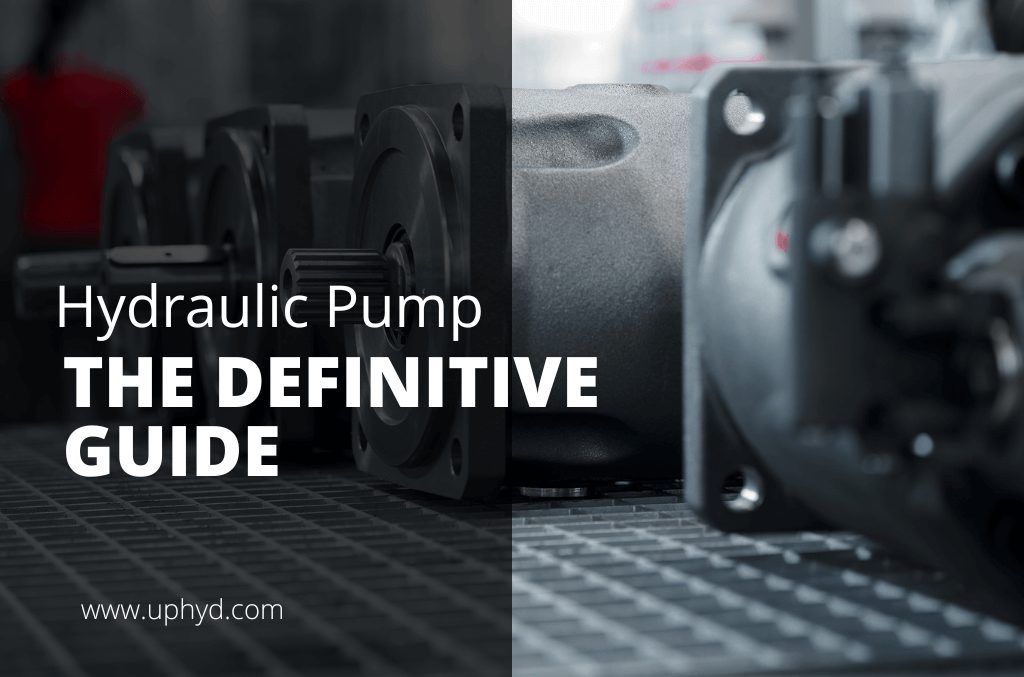
Find everything you need to know about hydraulic pumps in this comprehensive guide.


